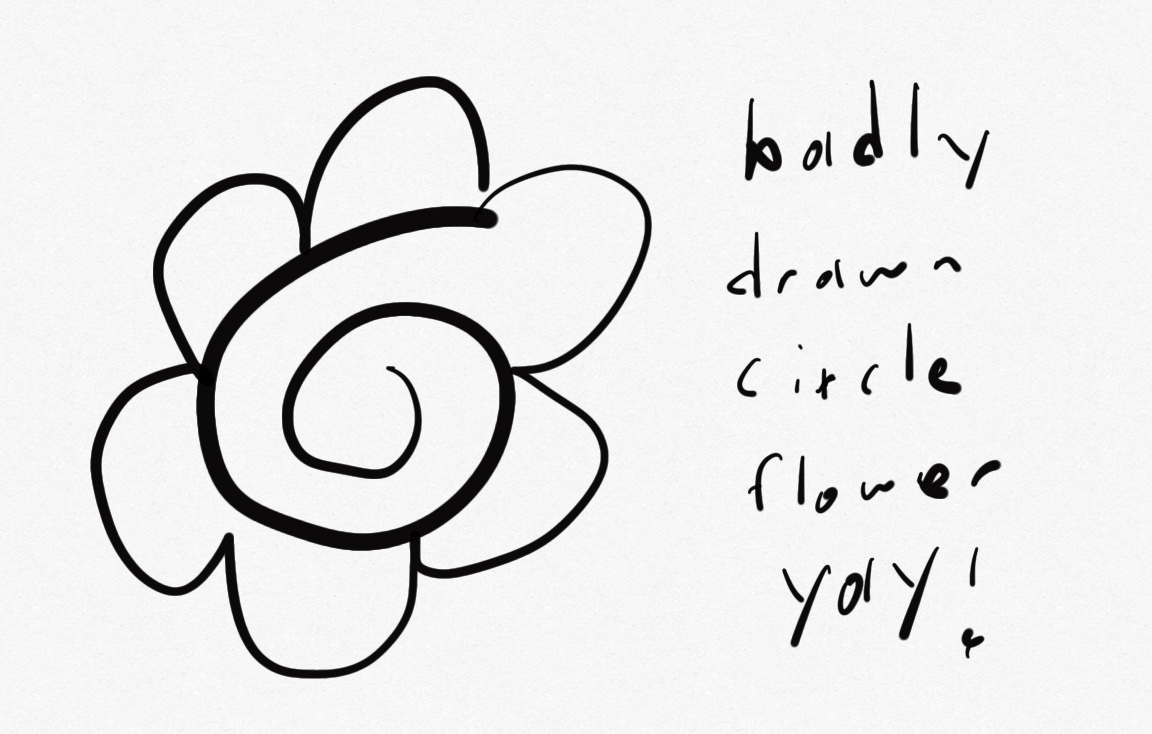Ok, so I REALLY don’t want to talk about politics at the moment so I’m going to talk about a weird and wonderful obscurity that always fascinates me – Japanese teachers grading marks! Bare with me, this is fun!
Before I start, I’ve never been taught in Japan so I know none of this first hand, but it’s one of those weird rabbit holes that I’ve done a lot of research on because it amused me. Feel free to correct me if I’m wrong on one of these but make sure you use the correct mark. I’m also using the English words for these marks because I’m not trying to teach you Japanese.
Firstly, teachers in Japan are usually well paid & are very well respected. They’re usually referred to as Sensai which any martial artist knows as teacher but it’s a little more than that as it’s actually an honorific also given to doctors, public officials & other well respected members of society. Teaching is a very sought after profession and the exams to get in are incredibly tough and have a huge fail rate. The teachers also work an average of 11 hours per day and up until 2002 they taught classes 6 days a week (it’s 5 now but there’s more extracurricular stuff) and are heavily involved in extra curricular activities like helping with school clubs, and visiting each students home to have a “get to know you” session with the parents. They’re often also heavily involved in counseling students and administrative work far beyond western teachers.
Additionally teachers in Japan never really stop learning. They’re encouraged and often required to attend courses after hours and in summer to keep up their general knowledge, techniques and other classes. And as of 2009 they’re required to renew their teaching certificate every 10 years with an exam and 30 hours of monitored classes.
I mean I’ve had some great teachers and I have a lot of awesome teacher friends but that’s a lot! There’s way more differences from USA/UK/Australia but that’ll do for this post.
So that’s background. Now I want to talk about grading marks because they’re both weird and awesome and I love them. Anyone who has watched any anime that involves a classroom (like one of my favorites, “assassination classroom”) knows the Japanese mark papers differently but it took me ages to find out what all the marks mean.
To start with, most western countries grade with a check mark for correct and a cross for incorrect. Sometimes things get circled to point out the error. You’d think that part would be the same, yes? Well no. When an answer is correct in Japan it gets circled. For reference a circle is also often the shorthand for “yes”. A cross is still incorrect or “no” but thats rarely used in grading. I should point out for the gamers this is why PlayStation has the O for yes and the X for no. When grading papers, to mark an incorrect answer teachers will use a check mark. I know right!? There’s a lot of reasons given as to why… some say it’s to say “check this answer because it’s wrong”, some say it’s just quicker than making an X, and there’s other theories to do with the character re and other things but the only certain thing is that everyone will tell you for certain which one is true. Anyway, checkmark is bad in Japan. Next time you watch an anime or Japanese movie know that the student with lots of check marks is a bad student.
But wait there’s more and I love these!
There’s the triangle. A triangle beside an answer means “close but not quite” or “try harder”. It’s meant as an encouragement mark to let the student know they’re on the right track even if they fail. I love this one and we should adopt it. Teachers, let me know if you have something similar without writing the words.
Next there’s the double circle (literally a circle inside a circle but sometimes just a spiral). This is for very good\excellent answers that don’t just pass but pass creatively, with extra info, or even just with perfect penmanship. It’s highly sought after so things with variable answers (essays, presentations, reports, projects) often have students go above and beyond to earn one. Showing a double circle to your parents gets you great respect.
Lastly there’s my favorite because in Japan you couldn’t have at least extra special, pretty, and weird one, and thats the circle flower! The circle flower often means perfect or at least the equivalent of “wow, you really blew me away with this one”. It’s both rare and beautiful and students really strive to get these. I’m going to do a rough drawing below but it’s usually a spiral with petals… though sometimes it’s a double circle with petals.

So why do I love these so much? Partially because their weird and amusing, partially because I would have loved to get a “nearly there” every now and then instead of just the pass fail you often get, and an excellent would have been really something to strive for. It’s that extra but of effort that many (and I’m being really clear here… many, not all) teachers in the west don’t bother with, especially since the profession is often disrespected, underpaid, and thought of as a last resort job (if you can’t do, teach) which is terrible and demoralizing so I don’t blame the teachers.
Homework – try and find an excuse to use a circle flower on paperwork in the future. It’ll make me and the world a happier place. 🙂
